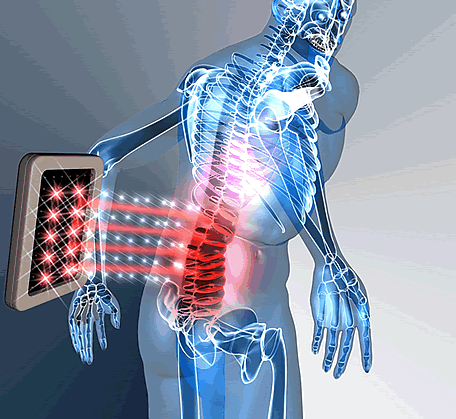The purpose of medicines in pain regulating
One more important component in the perception of pain is the hypophysis deep in the brain; this gland produces chemicals that act in pain perceiving control as a part of its general management of hormonic proportion of the body. Chemicals produced by the hypophysis are endogenous opioid peptides, whose arrangement is fairly akin to those of opium, simply like that of medicines. Endogenous morphine influence certain cells in the brainstem, having a puzzle type of connection; analgesics and various medicines which are akin in their organisation to morphine can influence similar brain cells. Those medicines perform by way of relieving pain by influencing the brain receptors like endogenous morphine do, transporting in reply through the spinal cord the alerts of pain diminution with the help of nervus fibres.
The basis of pain regulation might be clarified with champions or combatants in whom the alerts of pain are briefly supressed during participating in a match or being at war. In these cases, even significant impairment can be not perceived by the suffered. The lack of ability to experience physical pain is not unusual in medicine. Deprived of a protective function of pain, a patient might be suffering from critical harm and ruptures. Incapability to experience pain can have lethal outcome as such patients fail to perceive alerts of pain and call for suitably ambulance help in cases such as inflammation of the appendix or internal haemorrhages.

Comprehensive perceiving of pain is recognized by means of combination of emotional and physiological elements.
As it happens, the pain threshold bears no substantial adulthood contrariety, but medical tests bring forth a number of insignificant variations in the nature of responses to afflictive incitement. There are as well gender alterations in pain endurance. In spite of general axiom derived from the evidence that women have to bear pain during giving birth, gentlemen tolerate pain slightly better than females. But in cases it comes to the external signs of pain it is hard to tell anything definitive, as people normally behave in a different way proceeding from their upbringing and behavioural patterns which encourage men to be not so expressive. And even men and women, of different ages, do not coincide in exposed reactions to pain stimuli even in those very societal segments.
Accidental damage is expressed in a complex succession of physical responses, on top of the pain warning transporting to the medulla oblongata from nerve endings; certain muscles or blood vessels might accidendattly convulse, breathing and heartbeat number may alter on top of miscellaneous cardiac conditions, alongside with blood pressure, and sometimes the action of vitals of the abdominal muscle cavity aternations. Regularly, intense pain is manifested in subjective reaction, like agitation, and alternation in body disposition, like a rapid lifting of the impacted limb.
Medicinals such as analgesics, corticosteroid medicines and ASA, one of the most popular, secure and efficient opiates being tramadol online, can inhibit the most part of pain warnings that are sent to the medulla oblongata along the nervus endings or influence the brain.
Lots of patients with incessant pain drag on in a constant alarm, followed by a sudden pain fit, which eventually is succeeded by depression and low mood, focus exclusively on their physical condition and emotions of their own organism. It disrupts the habitual schedule of rest, people in certain cases completely lose attention to communicative pastimes, pain becomes the prevailing circumstance in their lifestyles.
In the most of examples pain can be effortlessly disengaged from the scene with the help of the accurately specified disease, still, at times it is the inability to define the sickness whose characteristic is pain which stands in the way of withdrawing it completely. Sadly, in case of hopeless sicknesses a therapist can only control pain aggravation with the helo of pain pills.hypnotics, once again, like Tramadol or opiates. Still, a ailment can in certain cases be not defined, which makes it not possible to ultimately treat the pain. There are instances when pain persists for a long while without an evident ground posterior to an impairment or illness cured a long while ago. This interferes with pain controlling to a significant range. In some persons pain is only a unit of symptomatic scene of dismay, which goes away as soon as the effective actions are introduced for the treatment thereof.